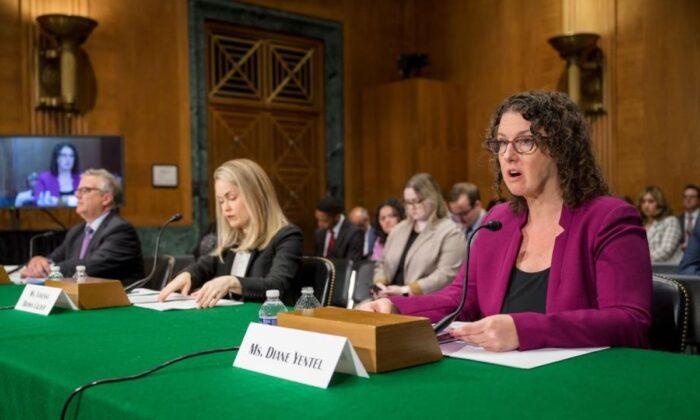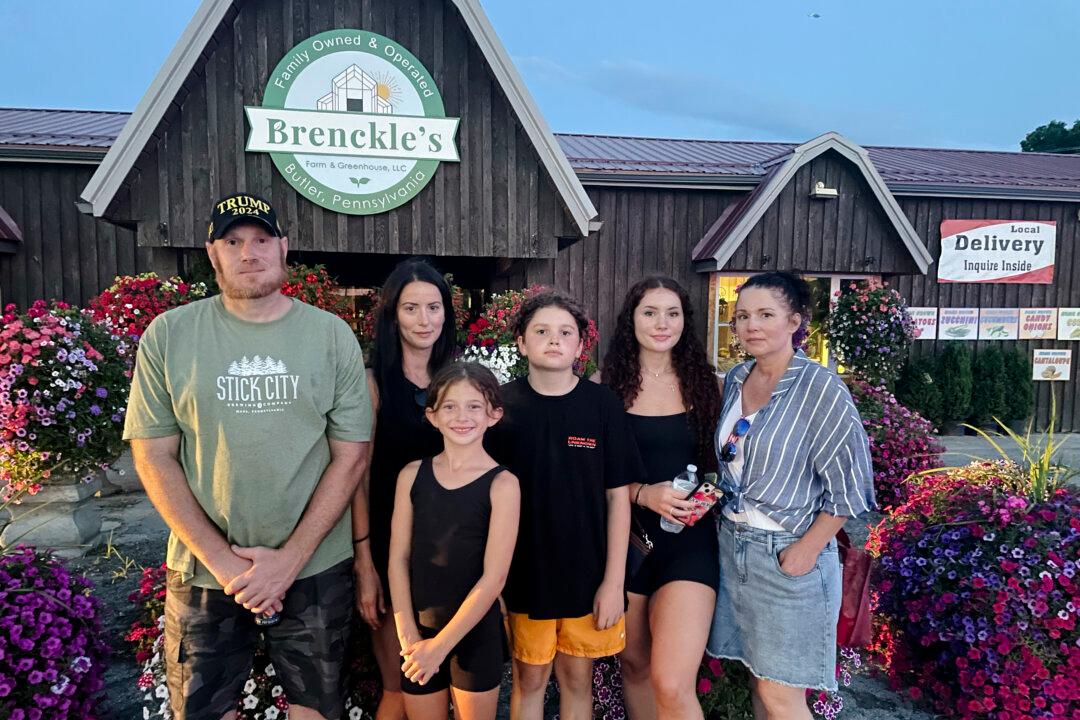Housing should be more affordable, safer, and easier to find, Sen. Sherrod Brown (D-Ohio) said this week during the introduction of a hearing to build consensus on housing problems, held by the Senate Committee on Banking, Housing, and Urban Affairs.
Senators considered various proposals that could reshape the housing landscape as they attempt to address homelessness, perceived racism, and affordability.
The connection between racism and housing was first addressed by the Fair Housing Act of 1968, which prohibited discrimination related to the sale, rental, and financing of housing based on race, religion, national origin, sex, handicap, and family status. It has been in effect for 55 years.
In 2021, the U.S. Department of Housing and Urban Development (HUD) handed out more than $47 million to 120 fair housing organizations across the country under its Fair Housing Initiatives Program. The money is used to “address violations of the Fair Housing Act and help end discrimination in housing,” according to a press release at the time.
In fiscal year 2023, HUD budgeted $149 billion for housing programs out of its $252.8 billion budget.
“Despite spending trillions of dollars on subsidies for affordable housing, the homeownership rates for minorities haven’t changed since a couple of years after the Housing Act was passed,” Sen. Tim Scott (R-S.C.) said during the April 26 hearing.
“We’ve all seen the rise in homelessness over the last several years, despite spending more money on homelessness programs than ever before. Something is clearly not working. HUD research tells us the average length of stay for families across all HUD assisted housing programs has nearly doubled, 1995 through 2015,“ Scott said. ”Federal programs are meant to transition people out of poverty, not keep them in poverty. How long before we realize that throwing more money on solutions that aren’t working is a problem, particularly for those residents living in government assisted housing.”
In the New York City Housing Authority, one of America’s largest housing authorities, Scott said, 1 in 5 public housing residents stayed in its programs for more than 40 years.
Slowing Evictions
Legislation under discussion includes the Eviction Crisis Act, which would create a national database on evictions that would give policymakers information to create solutions to lessen evictions, said Diane Yentel, president and CEO of the National Low Income Housing Coalition, who testified at the hearing.The act would also create a permanent cash assistance program for low-income households that normally can make ends meet, to absorb an unexpected financial shock that could lead to eviction.
“Even before the pandemic, in 2019, there was bipartisan understanding and agreement that an emergency rental assistance-like program could save money and provide housing stability for millions of families,” Yentel said. “Then the pandemic came, and we had our pilot program. Over 500 Emergency rental assistance programs stood up throughout the country. The program has been very successful. Nearly 11 million payments have been made, and it’s kept millions of families stably housed. It has lowered eviction filing rates to the lowest on record. The Eviction Crisis Act would build off of these lessons learned and the success to create a permanently authorized program to help assist families before they reach the point of eviction and homelessness with all of its associated costs.”
Home maintenance and repair is expensive and can go ignored in low-income homes.
Racism Alleged in Zoning
Local zoning allowing for single family homes with a yard was mentioned numerous times during the hearing. Some see such neighborhoods as exclusionary and racist.“Restrictive local zoning is a real challenge in many communities. It inhibits the construction of any kind of apartments and especially affordable apartments. It drives up costs for everybody, and it reinforces segregation and racial inequity,” Vanessa Brown Calder, director of Opportunity and Family Policy Studies at the Cato Institute, testified. “State and local governments should do much more to remove restrictive local zoning ordinances, and the federal government should do more to incentivize or require them to do so.”
But even if local zoning ordinances are changed, Calder said, housing will not be affordable to extremely low-income households because the private market on its own can’t build and operate affordable apartments. The rent these households can afford doesn’t cover the costs.
Housing First
Sen. J.D. Vance (R-Ohio) suggested getting to the root of homelessness.He recalled a drug-addicted neighbor who rented a home next door when he was a child. The woman started to run water for a bath but went downstairs, got high, and passed out. Water spilled over the tub and ultimately destroyed the upper level of the house.
“We tend to want to address so-called ‘housing first’ without addressing the root causes of homelessness,” Vance said.
The “housing first” model gives immediate access to permanent housing with no “housing readiness” conditions such as abstinence from drug use.
“If we don’t treat the root cause of homelessness, we end up creating cycles of despair where, even when you get women like this into a good home, ultimately, it can be very destructive and not ultimately solve the very problem we’re trying to solve,” he said.
Vance asked the panel if people with serious substance abuse problems should be given housing without any preconditions such as substance abuse counseling.
Housing first has been adopted rigidly in California, Calder said. She has heard of shelters for women and children with rules against substance abuse. Since they are not following the housing first plan, they can’t get state funding for homeless efforts.
Importance of a Stable Home
The one thing that all people experiencing homelessness have in common is lack of access to a decent, stable, affordable home, Yentel said.“If people have substance abuse challenges or mental illness, they are best able to address those challenges from a stable home,” Yentel said. “Low barrier, housing first approaches that get people into affordable stable homes and then provide them with voluntary supportive services as necessary, is shown again and again in the research, and the evidence, to be the most effective way to address homelessness.”
The United States tried sobriety requirements back in the ‘80s and the ’90s and it didn’t work, Yentel said.
“We had a stair-step model where people had to prove that they were so called ‘housing ready.’ It didn’t work, and it was overly expensive,” she said.
Vance responded that the United States is spending more on homelessness, yet homelessness has increased.
“I really worry about the social contagion effect on this, because it’s not just the homeless people themselves who are affected, but it’s the people they share a neighborhood or a building complex with,” Vance said.
Vance said he was concerned that “housing first” has elevated the needs of people with addictions—who are deserving of compassion but who introduce serious drug problems or mental illness into communities—over children who are already in unstable situations. It normalizes drug use in the eyes of children, he said.
“I worry that the housing first approach is focusing just on the homeless population—and failing by the way. But also it’s ignoring a lot of the kids who are affected by this housing first approach. If housing first is working, why isn’t it working? Why are those problems getting worse?”





